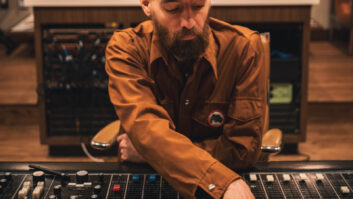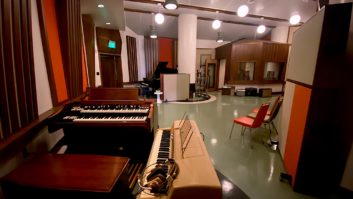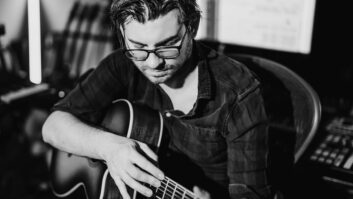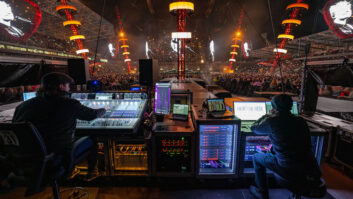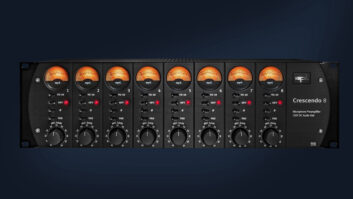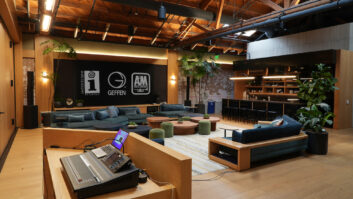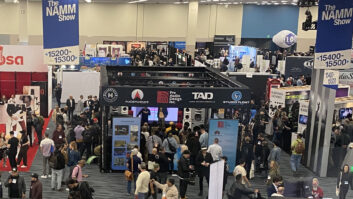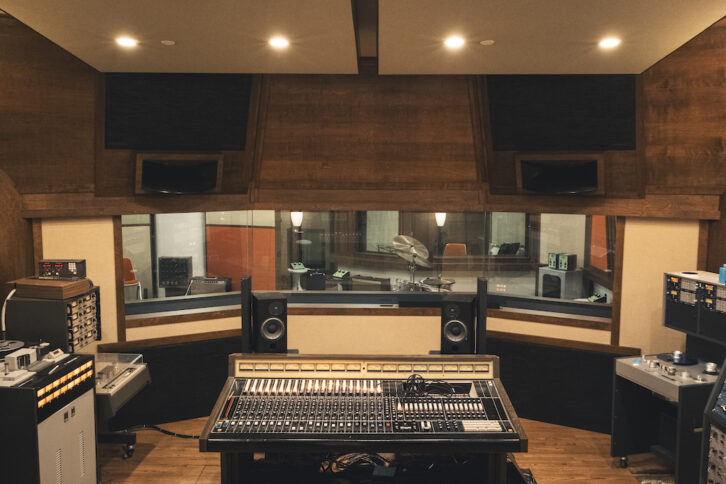
Don’t miss Part 1!
Memphis, TN (October 25, 2023)—The new control room also features a pair of soffited Ocean Way Audio main monitors and numerous tape machines. “My favorite format for a long time has been 8-track,” he states unequivocally. Indeed, Ross-Spang has an unfortunate history of buying a one-inch eight-track machine, selling it, regretting it, and buying another: “I had a Scully 280 that I sold to Mark Ronson. I had a Studer A800 one-inch eight-track, which I loved; I sold that to Dave Cobb. Then I found this amazing, clean, one-inch eight-track MCI. The thing I love about it is that it’s got pots on the front of the machine, so you can take it out of cal and really hit something hard or turn it down.
“I was excited to find the Ampex two-inch 16-track; to me, it’s the ultimate format. I never really need more than 16 tracks, and the MM-1200 just sounds amazing. I bought it from my hero, Dan Penn. There’s a guy at RTZ Audio, Bob Starr, who makes replacement power supplies and tape tension mod replacement cards that make it a little bit more stable.
“From my Sun days, I’ve got an Ampex 350, the ultimate slap-back machine, and an Ampex AG350 two-track, which is a weird germanium one. It’s what they used at Stax and has a sound like no other machine.
“Then I’ve got my hi-fi Studer A80 two-track in an eight-track frame. It’s only got four channels of electronics, two lined up for CCIR and two for NAB. It’s got half-inch and quarter-inch heads and guides; I usually have it on half-inch. That’s my print-down deck most of the time.”
Working with technician Mark Richardson, Ross-Spang has been on a mission to lock Southern Groove’s Ampex machines to Pro Tools. “There are so many times where I’ve recorded in other studios that didn’t have a good tape machine, where I would have loved to dump it down to tape, but sometimes, with the way artists are nowadays, you can’t necessarily commit all the drums to a track or two for mixing.
I’m probably the only guy in 2023 who’s been trying to buy a Lynx synchronizer—and I finally found one yesterday. With the synchronizer, I can do multiple passes to tape and back into Pro Tools, and then mix it off there.”
REMEMBER OUTBOARD RACKS?
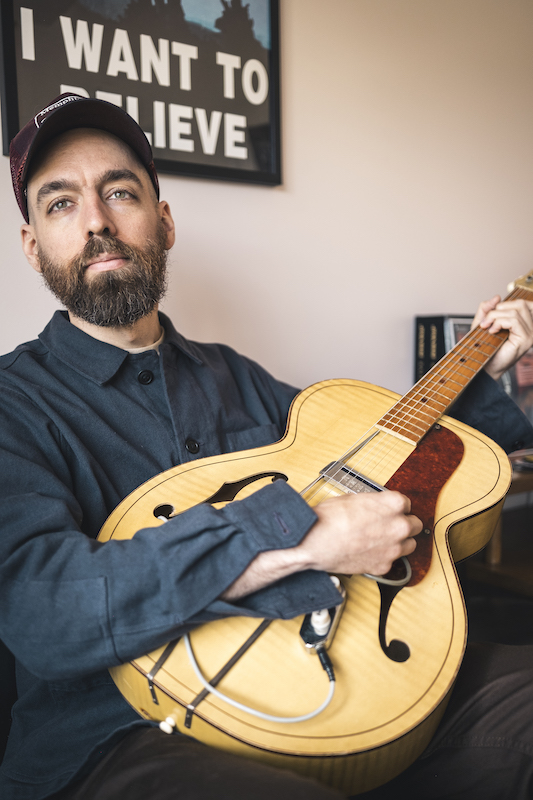
A triple-wide rack is stacked with vintage and custom analog gear. In the center is a pair of Fairchild 670 mkII compressors, a reproduction of the original 1960 model by POM Audio Design in the UK. The remake removes 12 tubes not in the signal path of the original, improving the noise spec and reducing power consumption. “The sound of it, just running stuff through it without even compressing, is incredible,” says Ross-Spang, who bought one in 2015.
Eventually, frustrated with having to choose which two sources he could put through it, he ordered a second. “That makes tracking easier,” he explains. “It’s also been on every mix I’ve ever done. It’s got such a wonderful tone. I blend in just a little bit of parallel compression. I can’t live without it.”
As a fan of the Spectra Sonics sound, he also has four 610 and two V610 vintage reproduction compressors from the current Spectra operation. Both models are peak limiter-compressors: “It’s just a different way of thinking about compression,” Ross-Spang says. “It can go from super-transparent to super-distorted, Tchad Blake–style. I really love those.”
Directly above the Fairchilds is a one-of-a-kind summing mixer built by Greg Pace of FunkWerkes on Sheffield’s Studio Row. In a nutshell, the period-perfect, pistachio-colored enclosure houses four channels of original UA 100D tube mic pre and EQ modules sourced from F.A.M.E.’s echo chamber, the original mixing board at Phillips Recording and elsewhere with phantom, phase and pad switches, direct outs and switchable impedance, topped with a pair of original UA VU meters. (Pace has posted about the unit in detail on his website.) “It’s got passive summing, so you can track through it and you can sum through it,” Ross-Spang explains. “You could go through two channels and then use the other two channels as the makeup gain or use the Spectra Sonics as your makeup gain. It’s got a lot of options.”
That two-knob silver box between the UA mixer and the Fairchilds? That’s the Langevin high/low filter that can be seen in photos taken at Muscle Shoals while the Rolling Stones were recording “Wild Horses” with engineer Jimmy Johnson in 1969, he says. Pace supplied that, too.
Elsewhere in the racks are some Pulse Techniques Pultec EQM-1S and MEQ-5 midrange units and a custom four-channel box of Flickinger mic preamps. Top right is an Ampex Sigma four-in, one-out mixer. “It only has 8 dB of gain,” Ross-Spang says. “It was meant to be powered by the Ampex 350 or 351. Stax had two of those; that’s what they recorded all the early records through. They have the most amazing sound. That into the UA box is really special.”
FLEXIBLE, LIVE RECORDING
Ross-Spang’s attention to detail extended to the gobos and gear in the live room. In old photos, he points out, you can often recognize a studio—say, EMI or Olympic—from their distinctive gobos. “I really wanted to have a studio like that, where you could tell what studio it was by the acoustic treatment or the gobos,” he says, “and they’re super-thought-out.” The three gobos, designed with Capton, are modular, the tops lifting off for use with guitar amps, the bottoms ideal for baffling piano or acoustic guitar. One has a window, so they can form a vocal booth.
All the gobos have removable panels that switch to a reflective surface. “I’ll have the French horn play back into that,” he notes.
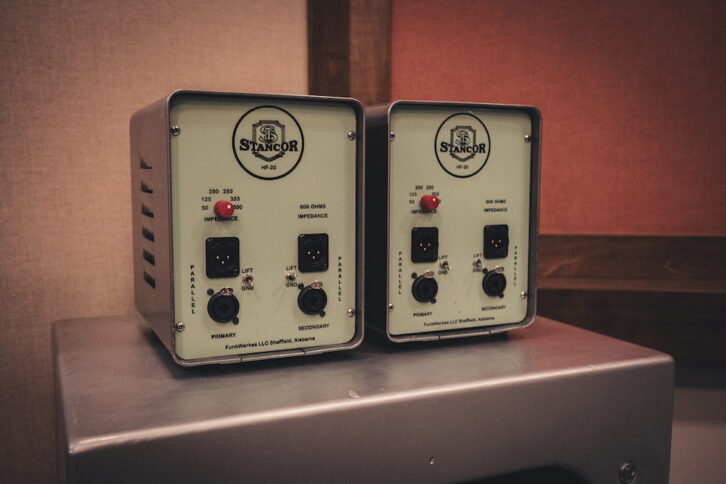
Custom DI boxes were also a feature of those old studios, and Pace again came through with more signature green units. “You can run in or out of the transformer either way; you’ve got every impedance tap on there. It’s just super-unique to this studio, fits the aesthetic and is dual-purpose,” Ross-Spang says.
“I’m a big proponent of everyone sharing the same mix, because then it becomes like playing without headphones, and no modern monitor system does that,” he adds. Southern Grooves’ custom analog cue system, mounted on chic Space Age side tables, ensures that what the musicians hear in their headphones is what they hear during playback in the control room.
“I was recently tracking on a session where I could hear in the headphones that the kick drum note was too long, based on how I was playing the acoustic guitar,” he says, “so I could make engineering decisions from the cue mix, which was really cool.”
From the acoustic treatment to the gear, he says, “Everything has to look good—and sound good.”
